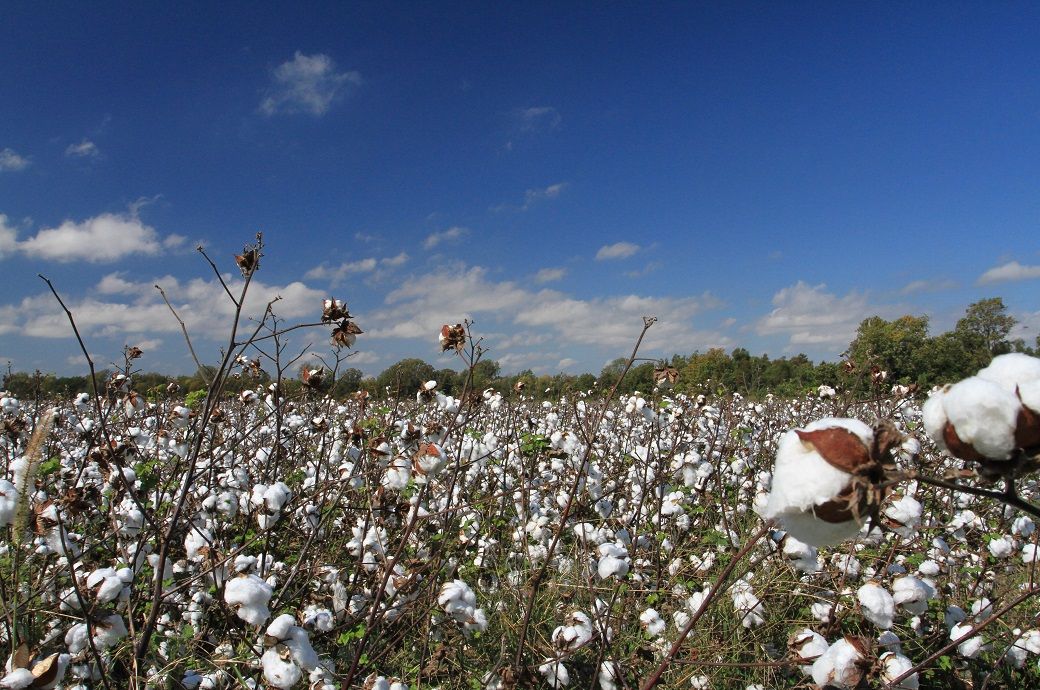
Yesterday, the ICE cotton December contract hit a one-week high, settling at 70.50 cents per pound (0.453 kg) after reaching an intraday peak of 71.18 cents.
The stronger dollar made cotton more expensive for overseas buyers. Meanwhile, crude oil traded more than 5 per cent lower, reaching a nearly nine-month low due to a possible resolution in the Libyan oil production and export disruptions. Weak US manufacturing data also raised concerns about demand, limiting gains in cotton prices.
Trading volumes in the cotton market saw a notable increase, with approximately 39,568 lots traded yesterday compared to 23,633 on Friday. ICE data as of August 30 indicated that the deliverable No. 2 cotton contract inventory remained stable at 266 bales.
Weather concerns significantly influenced the market, with three tropical waves in the Atlantic and one nearing the Caribbean, potentially disrupting cotton production. Strong performance across most commodity markets also supported cotton prices.
The US Department of Agriculture's weekly crop report, released after market close, showed that 44 per cent of the US cotton crop was rated in good condition as of September 1, up from 40 per cent the previous week and significantly higher than the 31 per cent reported during the same period last year.
Traders are closely monitoring weather conditions in India and Pakistan, where recent rains and an expected decline in production may boost US cotton exports and support prices.
Currently, ICE cotton for December 2024 is trading at 69.76 cents per pound, down 0.74 cents. Cash cotton is at 66.26 cents (up 0.97 cents), the October contract at 70.76 cents (up 0.97 cents), the March 2025 contract at 71.52 cents (down 0.69 cents), the May 2025 contract at 72.71 cents (down 0.58 cents), and the July 2025 contract at 73.41 cents (down 0.58 cents). Several contracts remained unchanged with no trading activity today.
Fibre2Fashion News Desk (KUL)